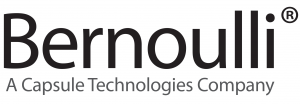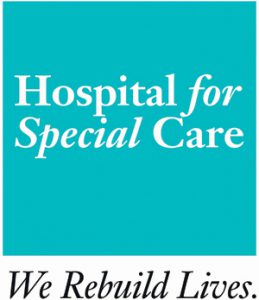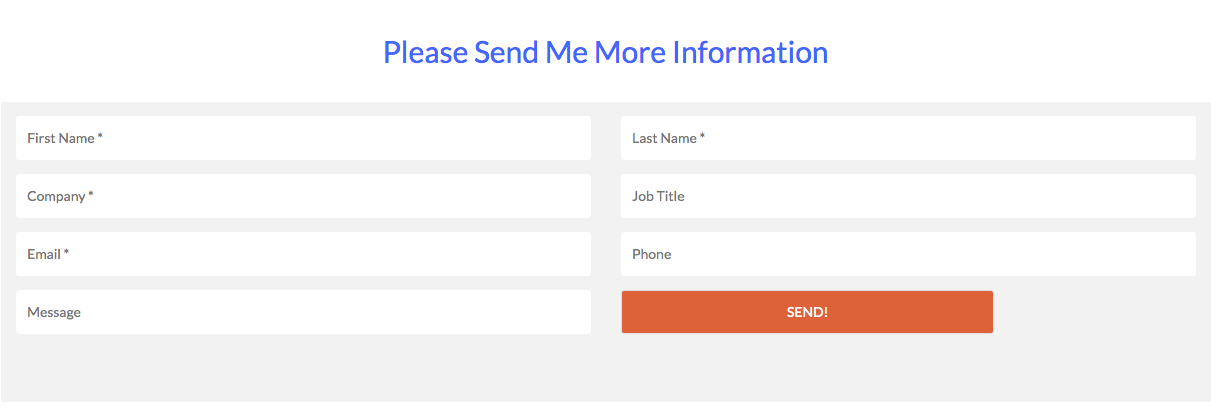Bernoulli Long Term Acute Care Surveillance
Bernoulli Long Term Acute Care Surveillance
A typical long term acute care hospital provides care for patients with clinically complex problems. And in most cases, complex systems are utilized to monitor patients. For staff, this can be challenging as the number of alarms from medical devices including patient monitors and ventilators can reach an unmanageable amount. Connectivity of all these systems is also a challenge. Bernoulli One is trusted by many long term acute care hospitals. Whether patients are stationary or mobile using vent-equipped wheelchairs, Bernoulli provides continuous clinical surveillance that:
- Collects real-time data from ventilators, pulse oximeters, and any other accessible medical devices
- Captures all measured patient parameters and device settings (e.g. ventilator mode)
- Distributes actionable information to caregivers at a central station or to those carrying mobile communication devices
- Analyzes and correlates real-time and retrospective data to identify early patient intervention opportunities
- Identifies early signs of patient deterioration through real-time data collection, analysis, and notifications
You might also be interested in: Alarm Surveillance & Clinical Communications
Reducing Alarm Overload at the Hospital for Special Care (HSC)
With locations in New Britain and Hartford, Conn., the Hospital for Special Care (HSC) is nationally-recognized for advanced care and rehabilitation in pulmonary care, acquired brain and spinal cord injury, medically-complex adults and pediatrics, neuromuscular disorders, and cardiac diseases.
HSC Challenges and Results
- A complicated layout and the large number of ventilators and alarms caused RT’s to spend valuable time responding to hundreds of non-actionable alarms. Bernoulli now collects and distributes real-time data from over 100 ventilators, as well as pulse oximeters, for enhanced clinical surveillance. Using Bernoulli to manage alarms and by adjusting alarms on the ventilators themselves, HSC has also reduced the total number of ventilator alarms by an estimated 80%.
- HSC was dependent on individual recollections from the clinical responders after an alarm incident. Now with access to more data through Bernoulli, HSC has increased accuracy of occurrence reporting and resolution.
- Manual ventilator checks were also challenging. Bernoulli One now captures all the measured parameters (peak airway pressures, volume, etc.) and settings, eliminating the risk of transcription errors and enabling better use of staff time.
- Moving forward, HSC is considering additional deployments of the Bernoulli solution to connect more devices in other units, as well as provide medical device integration (MDI) for their upcoming EMR implementation and support clinical research.
According to Connie Dills, MBA, RRT, RPFT, and Respiratory Practice Manager at HSC, “[Bernoulli] has made a big difference in our staff’s efficiency and effectiveness, and reduced stress for our patients and their families.” Click to download the Hospital for Special Care full case study




